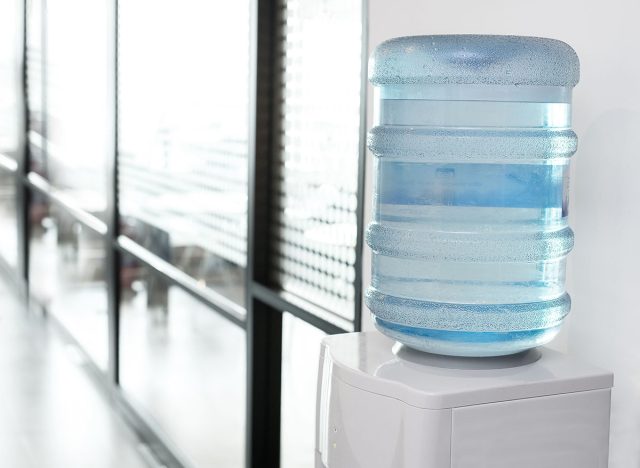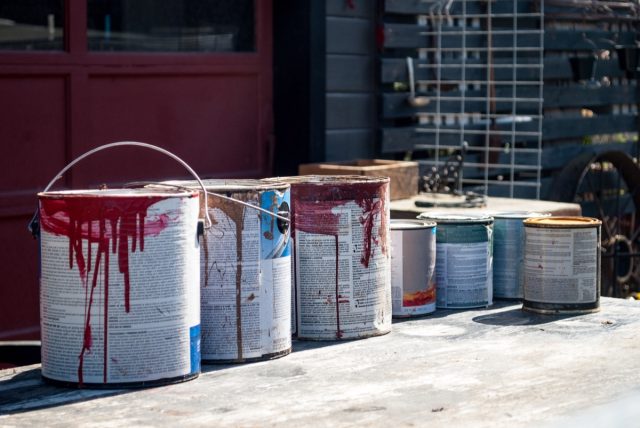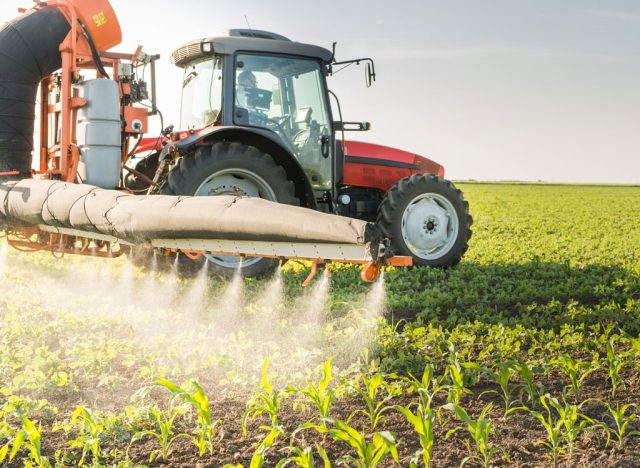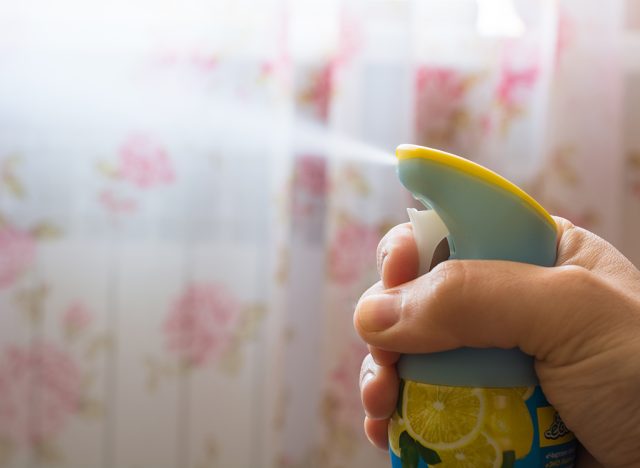How protected is your home from dangerous toxins? “Chemicals can come out of our products and end up in the air and dust in the home, where they can enter your body,” says Dr. Ami Zota, environmental and public health expert at George Washington University. Here are five things you should never have in your home, according to experts. Read on—and to ensure your health and the health of others, don’t miss these Sure Signs You’ve Already Had COVID.
Shutterstock
Phthalates are a group of chemicals used to make plastics and have been shown to cause possible reproductive health and developmental problems in animals. Although phthalates have to be listed on product labels, they can be omitted if listed as ‘fragrance.’ “Many hundreds of chemicals can be classified as fragrance,” says Dr. Heather Patisaul, a neuroscience and toxicology expert at North Carolina State University. “So when you use a cleaner with a scent, it probably has some phthalates in it—even though the label doesn’t specifically say phthalates.”

BPA—or bisphenol A—is a chemical shown to pose significant harm in animals and is a serious cause for concern in humans. “At minimum, we want to reduce our exposure, whether it’s from the water cooler bottle or the lining in a can of food,” says Russ Hauser, MPH ’90, ScD ’94, professor of environmental and occupational epidemiology at the Harvard School of Public Health. “It’s not like there’s a single-point source. With bisphenol A, we have literally hundreds of different sources of exposure. If you avoid the water cooler, you probably get it from other sources —food from a can, soda from a can, dental composites.”
 Shutterstock
Shutterstock
Poisonous lead is commonly found in paint, affecting millions of people—including children—every year. “New cases of childhood lead paint poisoning are diagnosed every year. Many more could go unreported,” says the EPA. “Recent research shows that new cases can be directly linked to renovations where the work environment was inadequately contained. Adults exposed to lead paint can suffer from high blood pressure, headaches, dizziness, diminished motor skills, fatigue and memory loss. Even small levels of exposure to lead paint can harm adults.”
 Shutterstock
Shutterstock
Recent research shows that people who eat a traditional Mediterranean diet high in fruits and vegetables are tripling their exposure to pesticides, if the food is not organic. “Many of the synthetic pesticides detected in both food and urine samples in this study are confirmed or suspected endocrine disrupting chemicals (EDC),” says study co-author Carlo Leifert, Ph.D. “The 10 times higher pesticide exposure from conventional foods may therefore provide a mechanistic explanation for the lower incidence of overweight/obesity, metabolic syndrome and cancer associated with high levels of organic food consumption in epidemiological/cohort studies.”
 Shutterstock
Shutterstock
Air fresheners—even the ones purporting to be clean and organic—can emit potentially dangerous chemicals into your home. “Air fresheners can impact indoor air quality by adding potentially hazardous pollutants to the air,” warns the University of Massachusetts Amherst. “The use of air fresheners is associated with elevated levels of volatile organic compounds (VOCs), such as formaldehyde, acetaldehyde, benzene, toluene, ethyl benzene, and xylenes, in indoor air. These VOCs are often difficult to smell in the air, but they can irritate the eyes, nose, and throat, as well as cause headaches and nausea. The types and amounts of VOCs emitted depend primarily on the fragrance composition of the air freshener, not on the type of air freshener. It can be difficult or impossible to find out the ingredients in air fresheners, because manufacturers are not required to disclose the complete list of ingredients.”
Ferozan Mast
Ferozan Mast is a science, health and wellness writer with a passion for making science and research-backed information accessible to a general audience. Read more
[ad_2]
Originally Appeared Here